Define Gymnosperms
Gymnosperms are a group of plants that produce seeds without enclosing them in Fruits. They are also known as “Naked Seed” plants. They include familiar species like pine, spruce, and fir trees. Unlike flowering plants, which produce seeds enclosed within a fruit, gymnosperms have seeds that develop on the surface of scales or leaves, often within cones.

These plants typically have needle-like or scale-like leaves and are usually found in cooler climates, such as forest climates, such as forests and mountains. Gymnosperms are important for various reasons, including their roles in providing timber, paper, and other wood products, as well as their ecological significance in habitats and their contribution to biodiversity. Overall, gymnosperms are essential components of many ecosystems and play a significant role in the natural world.


Define Angiosperms
Angiosperms are flowering plants, which means they produce seeds enclosed within a fruit. They are the most diverse group of land plants and include familiar species like roses, apples, and wheat. Angiosperms have specialized reproductive structures called Flowers, which facilitate pollination and fertilization. After fertilization, the ovary of the flower develops into fruit-containing seeds. This unique feature allows angiosperms to disperse their seeds more effectively, contributing to their evolutionary success.
Angiosperms are found in a wide range of habitats worldwide, from tropical rainforests to deserts. They play a crucial role in ecosystems as food sources for animals, providers of oxygen, and contributors to nutrient cycles. Additionally, angiosperms are economically significant, as they provide food, medicine, clothing, and numerous other resources essential for human life.
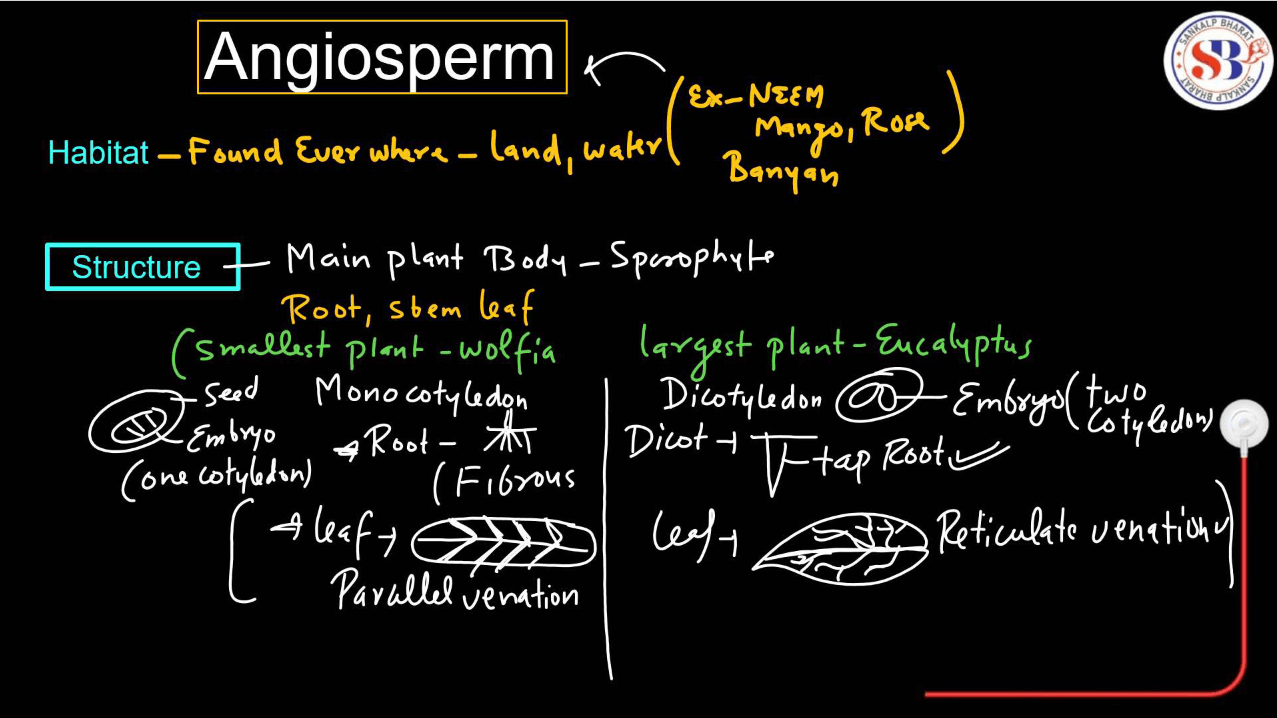
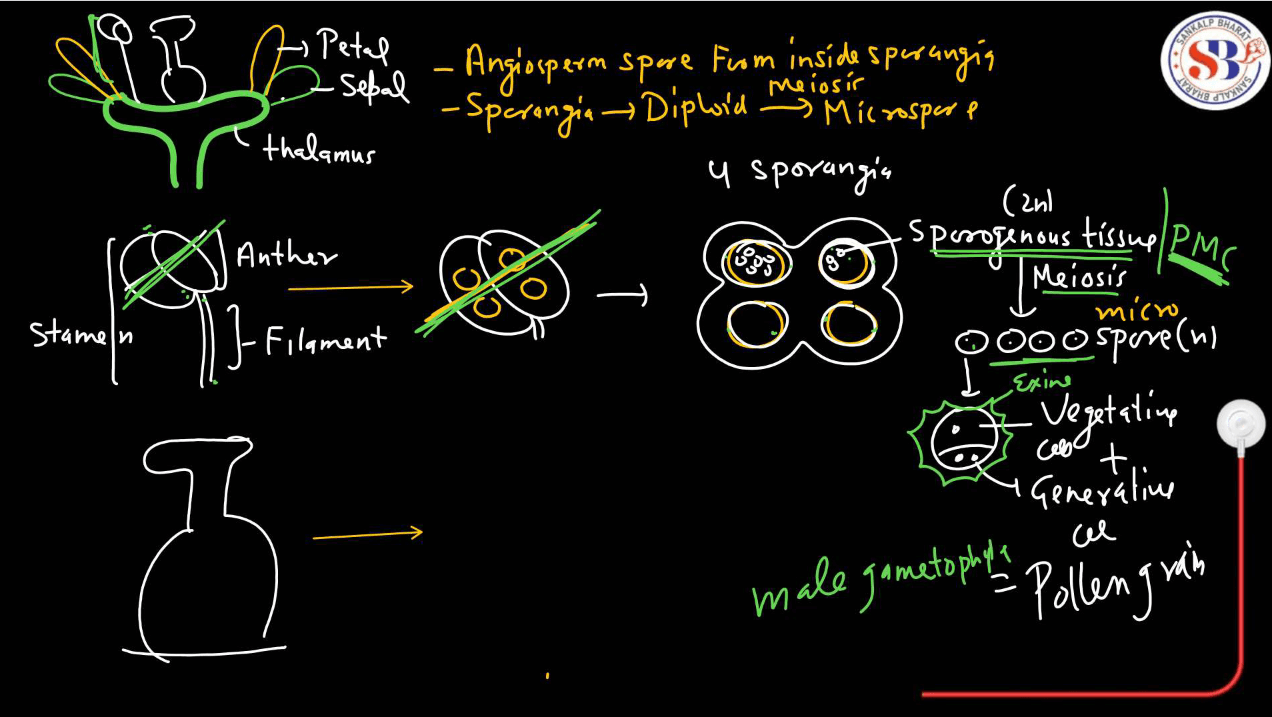
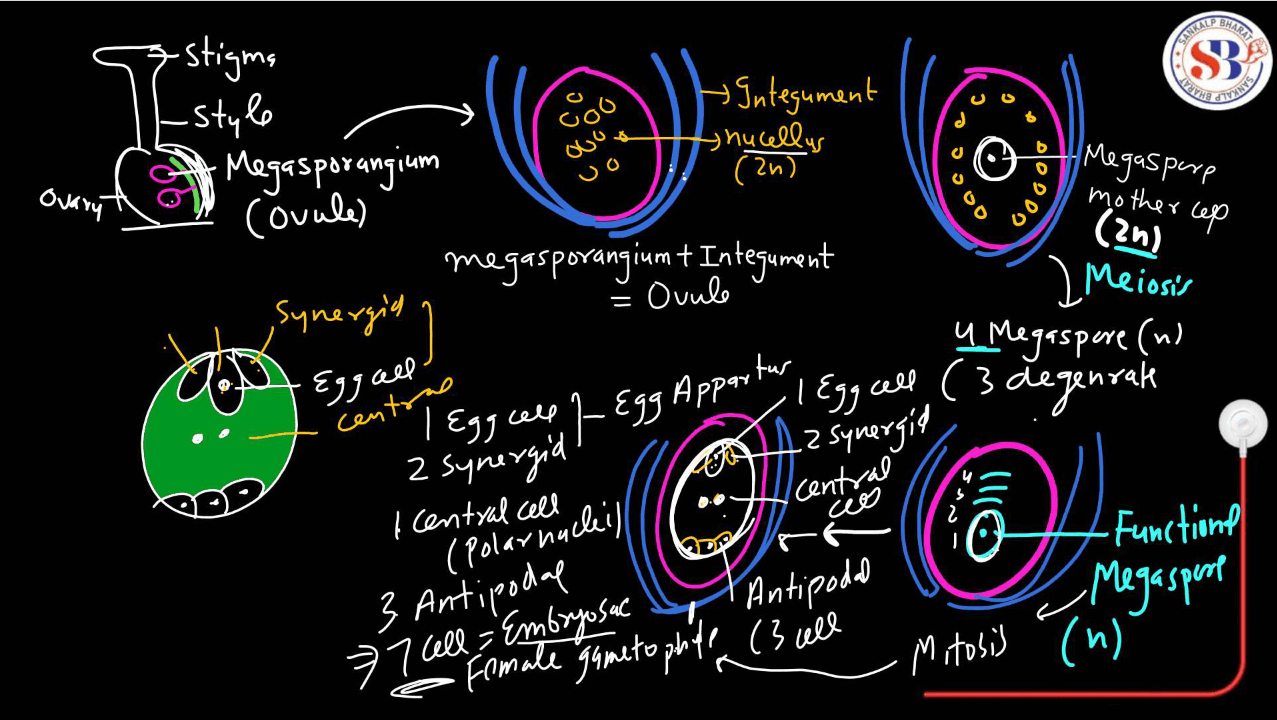
Difference Between Gymnosperms and Angiosperms
The table discussed below will highlight the differences between Gymnosperms and angiosperms:
| Difference Between Gymnosperms and Angiosperms | ||
| Features | Gymnosperms | Angiosperms |
| Seed Enclosure | Seeds in gymnosperms are naked and are not enclosed within a fruit. | Seeds in angiosperms are enclosed within a fruit. |
| Flowering Structure | Lack of Fruits and Flowers. | Angiosperms produce fruits and flowers. |
| Pollination Mechanism | Mainly wind-pollinated. | Pollinated by wind, insects, or animals. |
| Seed Development | Seeds develop on the surface of cones. | Seeds develop within the ovary of the flower. |
| Leaf Type | Typically have needle-like or scale-like leaves. | Have a wider variety of leaf shapes and types. |
| Habitat Preference | Tends to thrive in cold or temperate climates. | Can be found in a wider range of habitats. |
| Reproductive Timing | Gymnosperms typically have a slower reproductive cycle. | Often gave a faster reproductive cycle. |
| Dominant Group | Less diverse and less dominant in ecosystems. | More diverse and dominant in ecosystems. |
| Evolutionary Age | The older group, dating back to the Paleozoic era. | Evolved later, during the Mesozoic era. |
| Economic Importance | Less economically significant. | The major source of food, timber, and medicines. |
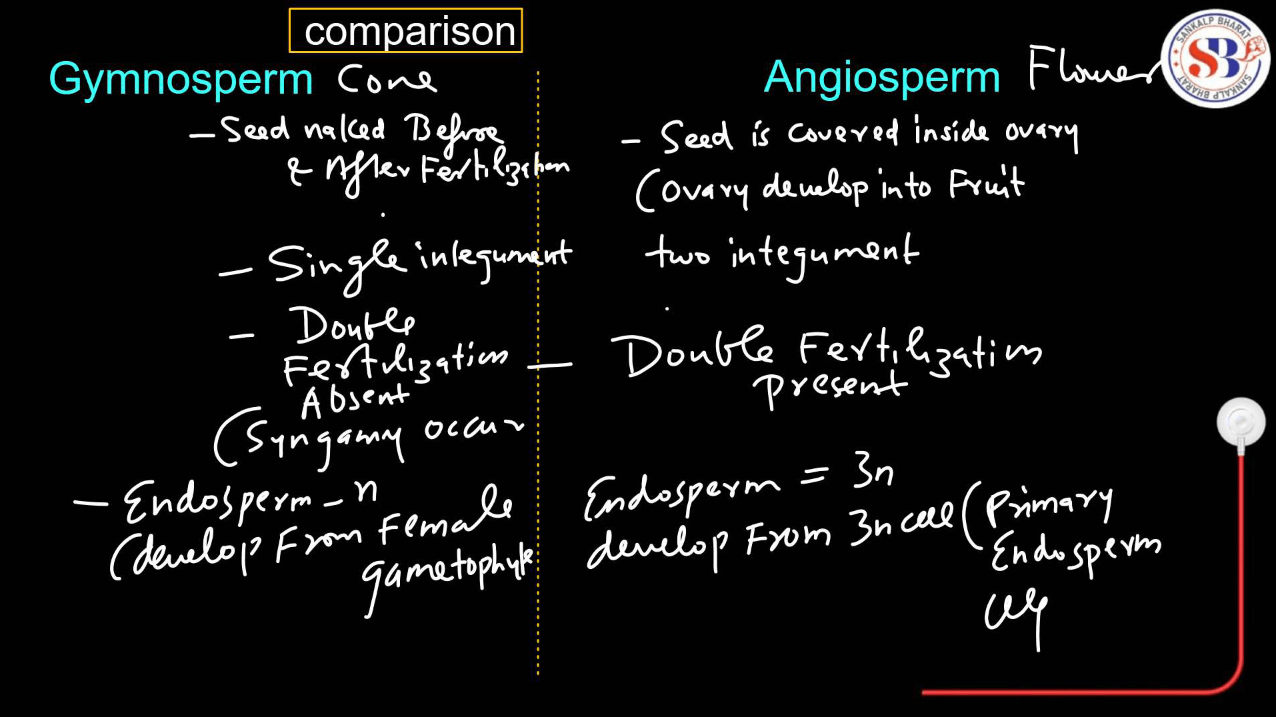
Similarities Between Gymnosperms and Angiosperms
Some of the similarities between Gymnosperms and angiosperms have been discussed below:
- Seed-bearing Plants: Both gymnosperms and angiosperms are seed-bearing plants, meaning they reproduce via seeds rather than spores.
- Vascular Tissues: Both groups possess vascular tissue, allowing them to transport water, nutrients, and other essential substances throughout the plants.
- Sporophyte Dominance: In both gymnosperms and angiosperms, the sporophyte generation is dominant in the life cycle, meaning it is the more conspicuous and longer-lived phase compared to the gametophyte.
- Heterosporous Reproduction: Both groups exhibit heterosporous reproduction, producing two types of spores: microspores, which develop into male and female gametophytes, respectively.
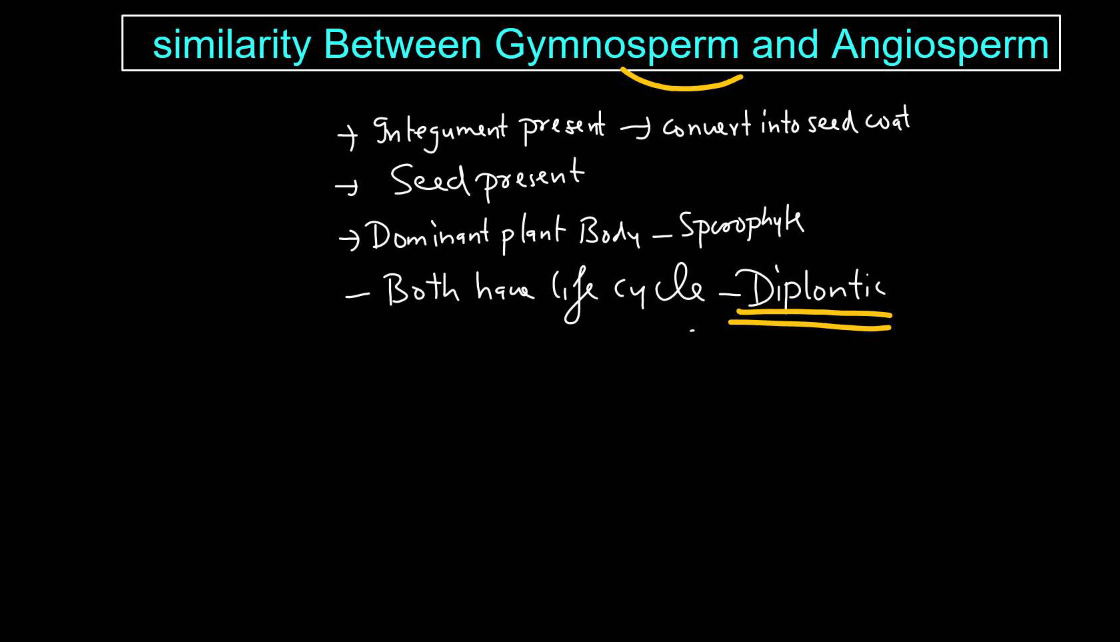
- Ovules: Both gymnosperms and angiosperms produce ovules, which are structures containing the female gametophyte and eventually develop into seeds after Fertilization.
- Alternation of Generations: Gymnosperms and Angiosperms both undergo alternation of generations, where they alternate between a haploid gametophyte stage and a diploid sporophyte stage in their life cycle.
- Woody Tissue: Many gymnosperms and some angiosperms develop woody tissues, providing structural support and allowing them to grow tall and compete for sunlight in their respective habitats.
- Coniferous Habit: Some gymnosperms, particularly conifers, and certain angiosperms, like the evergreen magnolias, exhibit similar coniferous habitats, with needle-like or scale-like leaves, adapted for reduced water loss in harsh environments.

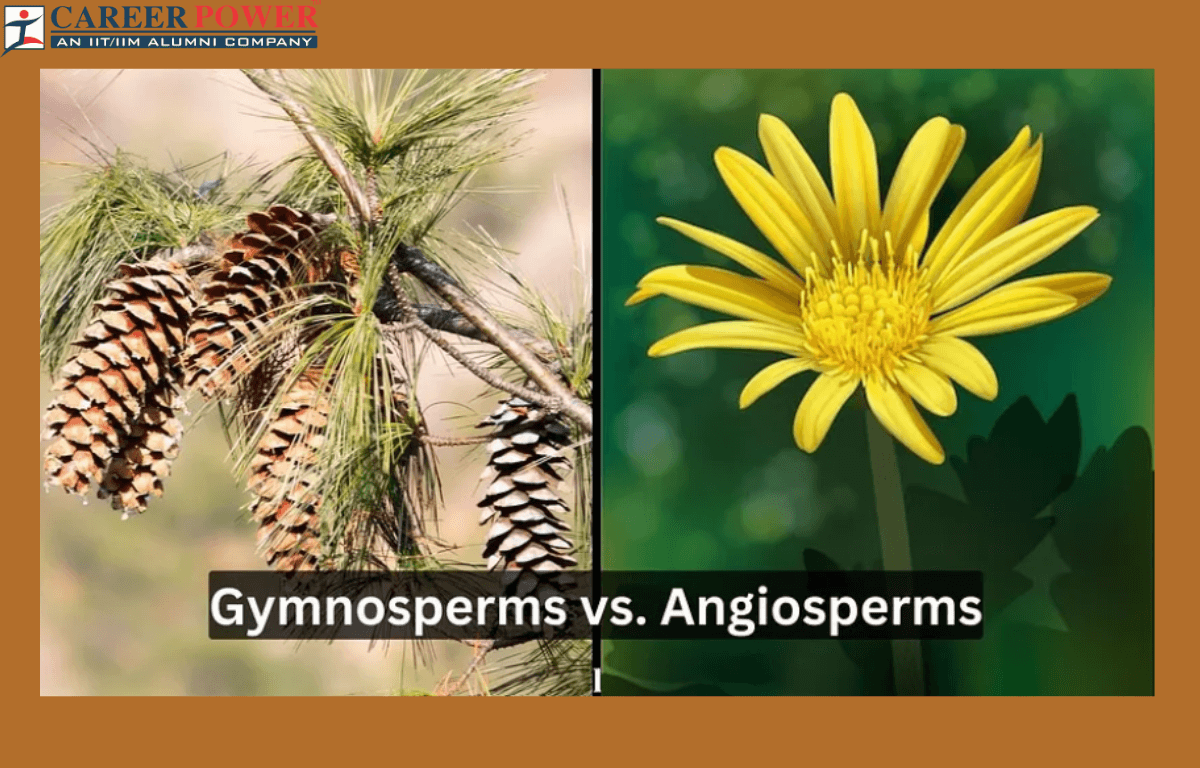

 50 Vegetables Name for Kids in English a...
50 Vegetables Name for Kids in English a...
 Food Chain: Definition, Types, Examples,...
Food Chain: Definition, Types, Examples,...
 Human Respiratory System: Definition, Di...
Human Respiratory System: Definition, Di...













